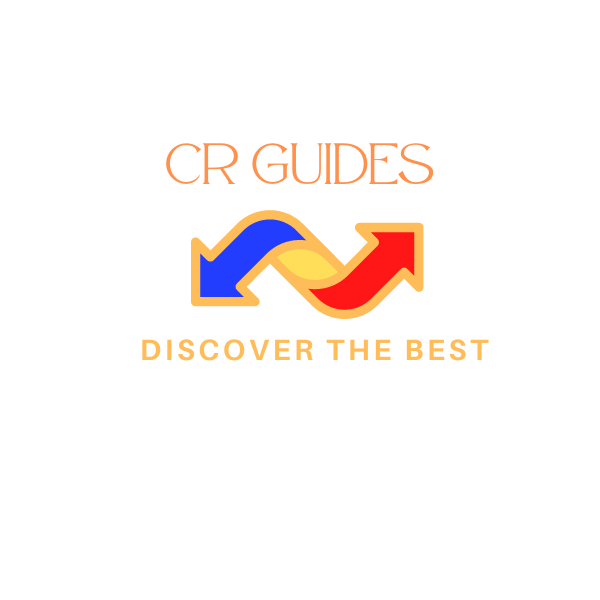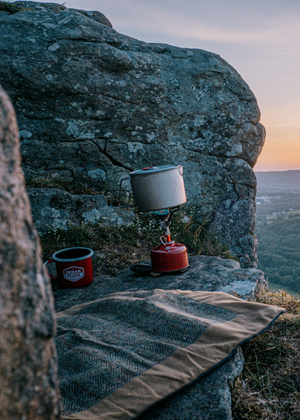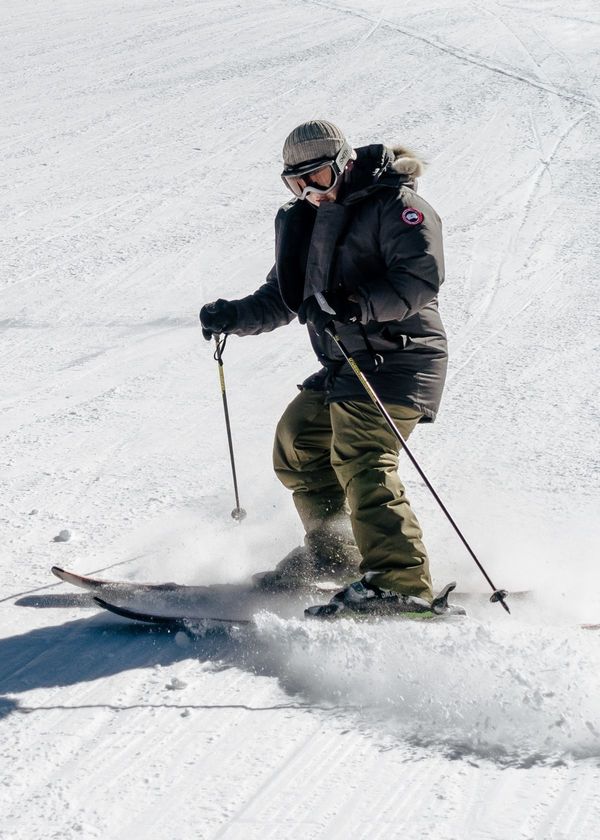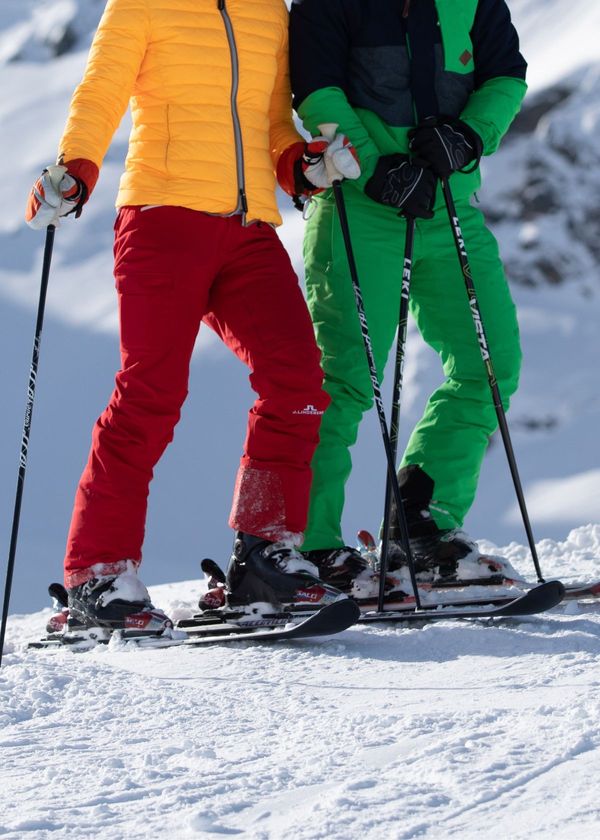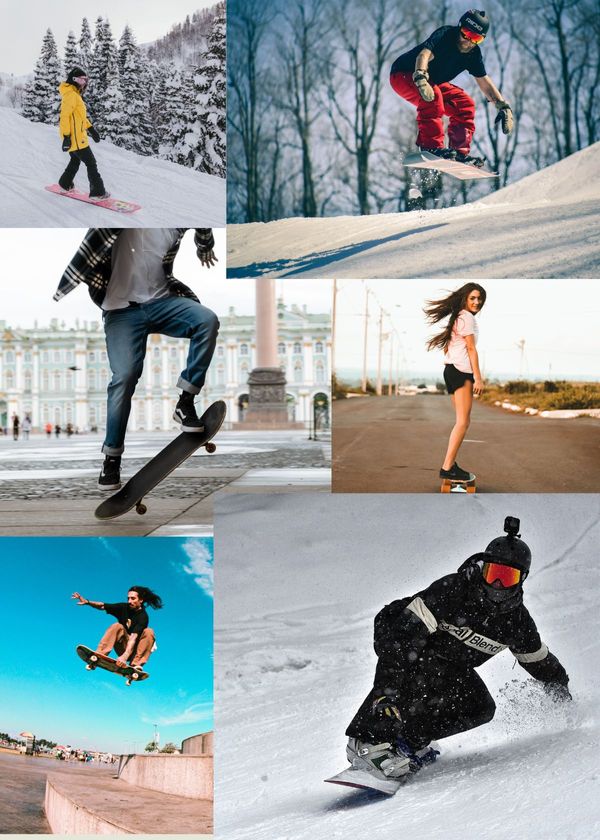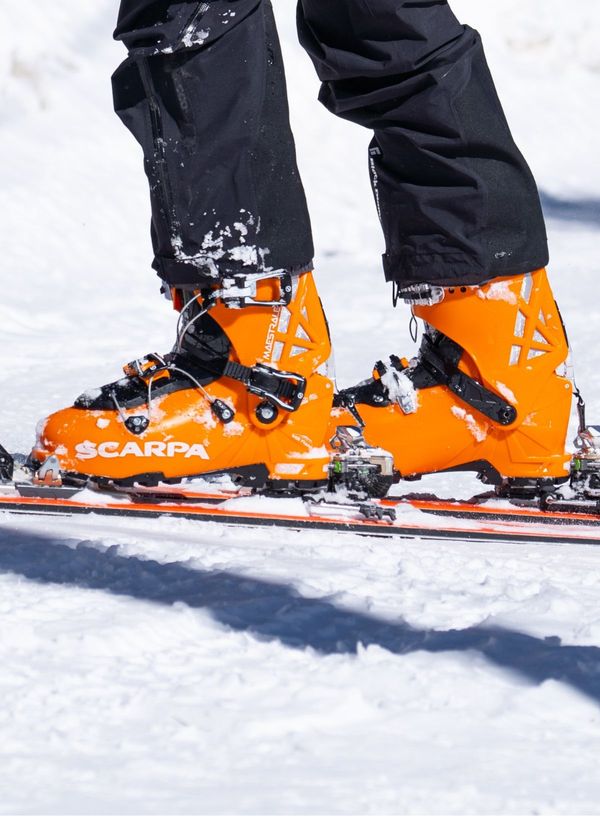Snowboarding can be a difficult sport to learn, but it is not hard.
There are many things to consider when learning how to snowboard, such as the equipment you will need, the clothing you will wear, and the proper way to stand on the board.
1: The Equipment You Will Need
Before you hit the slopes, you'll need to make sure you have the proper equipment.
- A snowboard is essential, of course.
- You'll also need a pair of boots designed specifically for snowboarding. They should fit snugly and provide good support.
- In addition, you'll need some warm clothing to protect you from the elements.
- For additional safety, a good snowboarding helmet and a pair of googles is recommended.
With the right gear, you'll be ready to enjoy all the fun and excitement of snowboarding.
2: The Clothing You Will Wear
When you’re gearing up for a day on the slopes, it’s important to:
- Dress in layers, this will help you stay warm and comfortable while you’re out in the cold. A good rule of thumb is to wear a base layer, a middle layer, and an outer layer. That way, you can adjust your clothing as needed to regulate your body temperature.
- It’s also important to make sure your clothes are waterproof. That way, you won’t get wet from the snow and risk getting chilled. A good pair of snowboarding pants is a good idea.
By dressing in layers and wearing waterproof clothing, you can enjoy a day of snowboarding without having to worry about being cold or wet.
3: The Proper Way To Stand On The Board
In order to balance yourself on the board, you will need to:
- Stand with your weight evenly distributed on both feet.
- Keep your body as straight as possible. This can be a difficult position to maintain at first, but with practice you will be able to stay on your board for longer periods of time.
In order to stay balanced, you will need to:
- Shift your weight from one foot to the other as you ride. You can practice this by standing on your board in the middle and then shifting your weight from one foot to the other.
As you get better at this, you will be able to move around the board more easily and do tricks.
4: How To Get On And Off The Board
Before getting on the board:
- You will need to make sure that it is securely attached to your boots. To do this, put your boot into the binding on the board and fasten the strap around the top of your boot.
- Once you are ready to get off of the board, loosen the strap and step out of the binding.
If you are not planning on getting off of the board right away, you can leave the strap fastened.
This will help to keep your foot in place and prevent you from slipping off of the board.
Remember, safety is always the most important thing when you are doing any kind of activity on a snowboard.
5: How To Turn The Board
Getting the hang of turning is one of the most challenging parts of snowboarding, but it is also one of the most rewarding.
There are a few things to keep in mind when you are learning how to turn.
- First, you will need to lean in the direction that you want to go. For instance, if you want to turn left, lean your body leftward.
- Second, keep in mind that it will take some time before you are able to make smooth turns while snowboarding. One of the best ways to practice is by carving small arcs in the snow.
As you become more confident with your turning ability, you can start to connect your turns and carve larger S-shaped turns down the hill.
With a little practice, you will be carving turns like a pro in no time!
6: How To Stop The Board
Many beginners find stopping a snowboard to be one of the most challenging parts of the sport. However, with a little practice, it can be easy to master.
There are a few different ways to stop a snowboard.
- The most common and effective method is to simply apply pressure to both feet and push them down into the snow. This will cause the snowboard to slow down and eventually stop moving altogether. With a little practice, you'll be able to stop confidently and enjoy a fun day on the slopes!
- Another way to stop is to drag your rear hand along the ground, which will also help to slow you down.
- Finally, you can also use your edges to slow down or stop by carving hard into the snow.
Whichever method you choose, always be sure to stay in control and aim for a safe stop.
7: How To Control Your Speed
Controlling your speed on a snowboard is essential for a safe and fun experience on the slopes. There are two primary ways to control your speed when snowboarding: using your feet, and using your edges.
- To slow down with your feet, simply press down harder on both feet. This will cause you to dig your heels into the snow and slow your descent.
- If you want to go faster, lift up your heels and press down on only one foot at a time. This will allow you to glide across the surface of the snow and pick up speed.
- To control your speed with your edges, simply point your toes or heels in different directions. Pointing your toes will help you to carve turns and slow down, while pointing your heels will help you to straighten out and go faster.
By using these techniques, you can safely control your speed and enjoy a great day on the slopes!
8: Other Tips For Beginners
Some other tips for beginners include:
- Practicing in a safe area, such as a beginner’s slope or a snowboard park.
- Important to listen to your instructor and ask questions if you are unsure of something.
- Finally, don’t be afraid to fall – everyone falls when they first start snowboarding!
Learning how to snowboard can be daunting at first, but don't let that stop you!
It's important to consider the equipment you need, the clothing you will wear, and the proper way to stand, turn and stop on the board.
With a little bit of practice, you'll be shredding down slopes in no time.
Ready to hit the slopes?
